Resigned 1909 Battles and wars Aceh War | Name J. van Battles/wars Aceh War Allegiance Netherlands | |
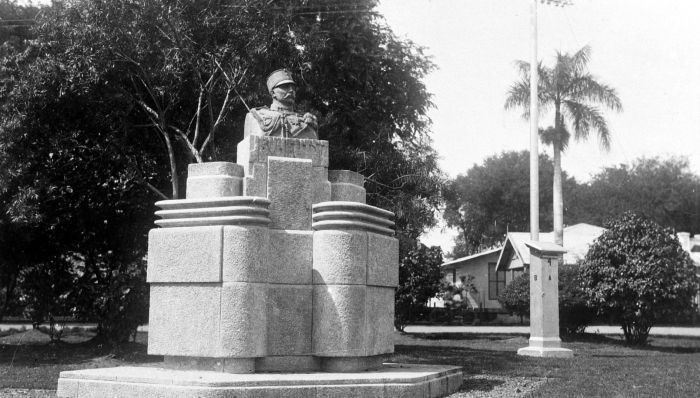 | ||
Born 3 February 1851
Coevorden, Drenthe, Netherlands ( 1851-02-03 ) Commands held Governor-general of the Dutch East Indies Role Former Governor-General of the Dutch East Indies Died July 11, 1924, Montreux, Switzerland Previous office Governor-General of the Dutch East Indies (1904–1909) People also search for Johan Harmen Rudolf Kohler, Cut Nyak Dhien, Johan Cornelis van der Wijck | ||
Nickname(s) "Pacificator of Aceh" | ||
J b van heutsz
Joannes Benedictus van Heutsz (3 February 1851 – 11 July 1924) was a Dutch military officer who was appointed governor general of the Dutch East Indies in 1904. He had become famous years before by bringing to an end to the long Aceh War.
Contents
- J b van heutsz
- Early life and education
- Aceh War
- Return to Europe
- Monument
- Regiment van Heutsz
- Awards and decorations
- References
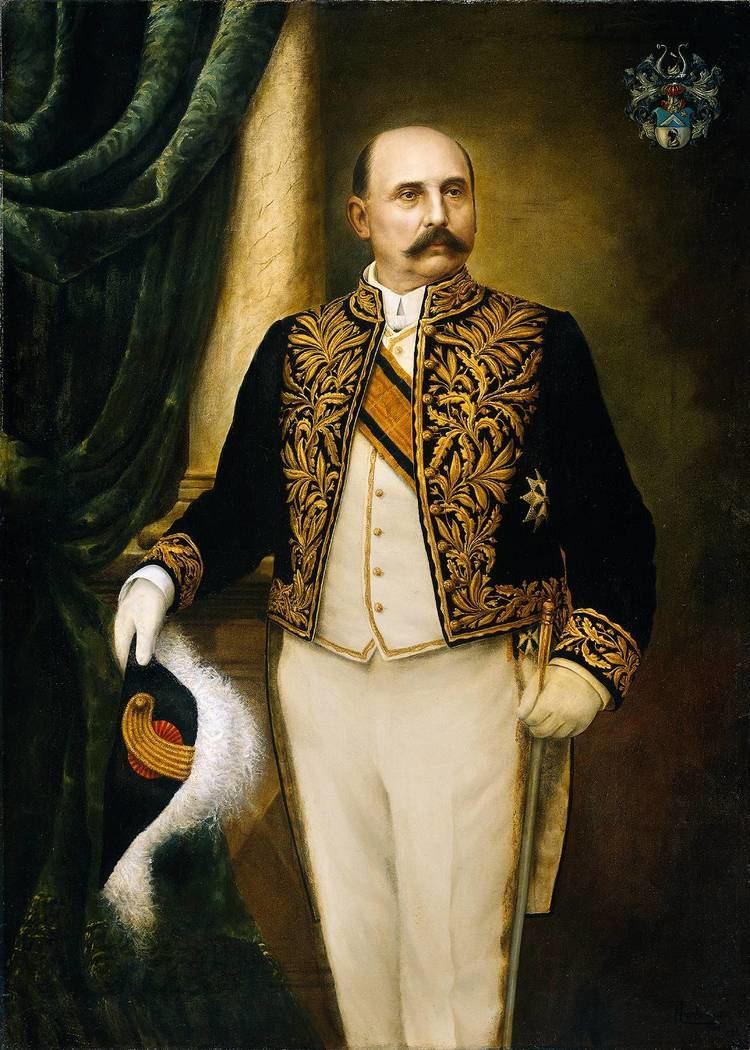
Early life and education
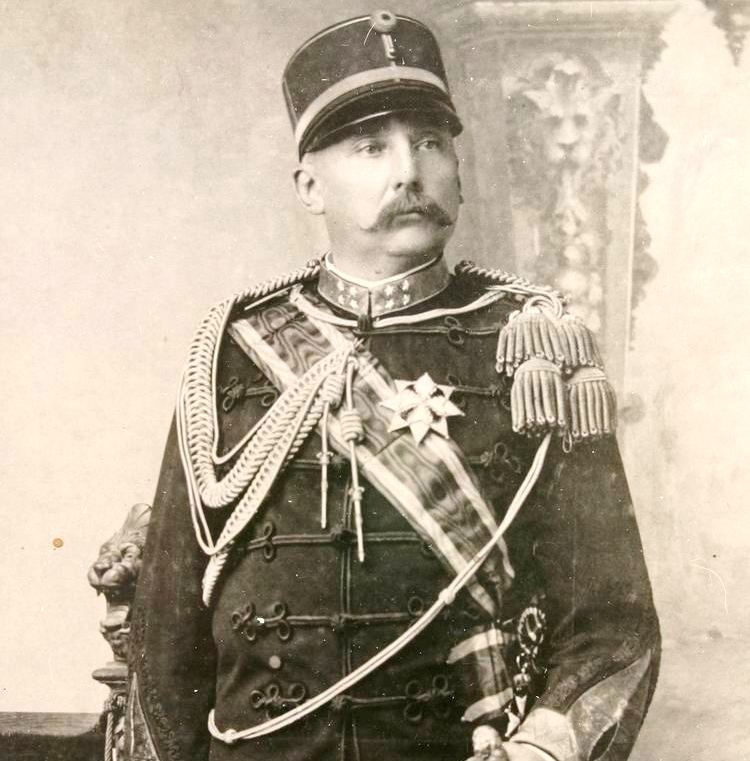
Joannes Benedictus van Heutsz was born on 3 February 1851 in Coevorden in the Netherlands. He was the second son of Joannes Franciscus van Heutsz and Maria Lucilla Kocken. Both his father and grandfather were artillery officers.
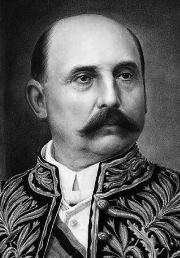
Van Heutsz, who was a difficult and talkative student, went to school in Breda. His family could not afford to send him to the Royal Military Academy in Breda, so he later went to the Instruction Battalion in Kampen from 1867 to 1872.
Aceh War

Following twenty-five years of protracted warfare, Van Heutsz was appointed as Military Governor of Aceh. In consort with the Islamic scholar Christiaan Snouck Hurgronje, Van Heutsz succeeded in weakening the Acehnese resistance by exploiting tensions between the Acehnese aristocracy and the religious ulama. He also solicited the support of the Acehnese ruling classes while isolating the rebels from their rural bases. At the advice of an Acehnese noble, he also altered the tactics of the Royal Dutch East Indies Army by introducing small mobile forces which were successful against the guerrilla tactics of the Acehnese.
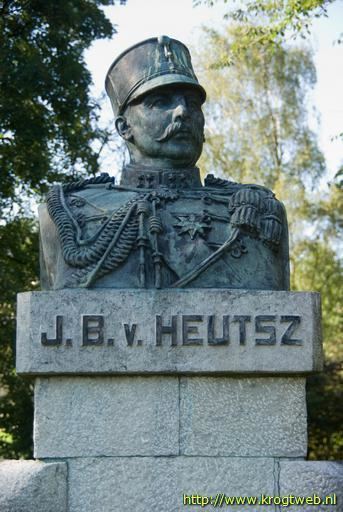
Van Heutsz commissioned Colonel Van Daalen with the challenge of breaking any remaining resistance. Van Daalen destroyed several villages, killing at least 2,900 Acehnese, among which were 1,150 women and children. Dutch losses numbered just 26, and Van Daalen was promoted. By today's standards, these actions would be considered war crimes. By 1903, Van Heutsz tactics had succeeded in convincing several secular Acehnese resistance leaders including Sultan Muhammad Daud, Tuanku Raja Keumala, Tuanku Mahmud and Teuku Panglima Polem Muda Perkasa to surrender to the colonial authorities. Having overcome the secular elements of the resistance, Aceh was declared by the Dutch to be officially pacified by 1903. Despite this, resistance from the ulama continued until 1913.
Hendrikus Colijn, future Prime Minister of the Netherlands, was the adjutant of Van Heutsz. In the Netherlands at the time, Van Heutsz was considered a hero, named the 'Pacificator of Aceh' and was promoted to the position of Governor-General in 1904. His efforts boosted support for imperialism in Dutch society and government while weakening the position of anti-imperialists.
Return to Europe
Van Heutsz moved to Amsterdam in 1909. After his wife died in 1919, he moved to Bussum. He lived in Montreux in Switzerland and Merano in Italy from 1922. He died in Montreux on 11 July 1924, at the age of 73. On 9 June 1929, he was reburied in Amsterdam.
Monument
During the 1920s and 1930s, monuments to Van Heutsz were erected throughout the major cities of the Netherlands and the Dutch East Indies including Amsterdam, Banda Aceh and Batavia. On 15 June 1935, The Van Heutsz Monument in South Amsterdam (Amsterdam-Zuid) was inaugurated by Queen Wilhelmina. The monument underwent many defacements several times during various protests from 1965 to 2004. The municipality of Amsterdam changed its name and purpose in 2004. The monument is now known as the Dutch East India – Netherlands Monument (Monument Indië-Nederland), and all references to Van Heutsz have been removed.
Regiment van Heutsz
After the departure of the Dutch from independent Indonesia in 1949, the Regiment van Heutsz of the Dutch Army was created with the specific aim of being "the bearer of the traditions of KNIL" (the former Dutch Indies colonial army which had carried out the Aceh War).
